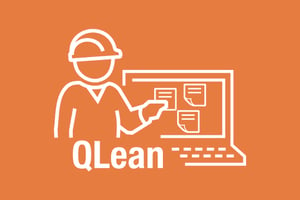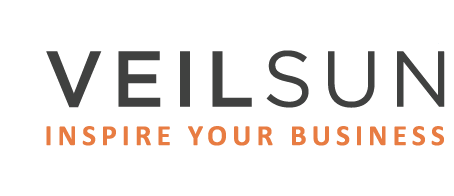We’ve talked before about the role of pull planning in construction. In order to get a better firsthand look at the importance of pull planning in construction, we sat down with an executive from one of the largest construction companies. They recently implemented QLean, VeilSun's pull planning application into the organization, to help convert from sticky notes to digital pull planning. We discussed pull planning at a high level, their experiences with specific tools they’ve used in the past, their experience with QLean, and some of their opinions on working with VeilSun.
How long have you been using pull planning? Are you using it in all of your projects?
We started using it on a large airport project about five or six years ago. Since then, we’ve been using it in all of our projects. We’ve found we get the most out of it when we use it from start to finish.
In general, how long are your sprints/pulls?
Because we work on the commercial side of things, everything has a much longer cycle. We’ve had projects with a six-month schedule and some that have stretched five years. We’d say two years is probably average for us.
What kind of benefits do you typically get out of the pull planning process?
Pull planning helps us in a lot of ways. Overall, it lets us manage our complicated plans by digging deep and getting a clear view of daily activities, even down to the hour. With pull planning, we can all adopt the same approach so there’s no more wasting time with foremen disagreements. With everyone in the same room, we have daily huddles with specific groups of foremen to get buy in from all the trades, discuss any issues and move forward.
As a team, pull planning requires us to think things through holistically with other pieces of the project. For example, when we’re doing rough interiors, that could mean 5 different crews, including the plumber, carpenter, and HVAC all at the same time. Pull planning forces us to communicate about each schedule and coordinate in such a way that one crew being off doesn’t compound over a floor or two or a week or two. It lets us keep things moving without eating into our schedule.
What kind of pull planning software have you used in the past? And what was your experience with it?
We started using the traditional sticky notes of pull planning for the first couple of years. For the most part, it worked well, but we found that stickies were easily moved and could fall off the wall. Very decidedly low tech. We then found TouchPlan. It let us plan everything as a whole in a digital environment where everyone could log in and see it. However, there was no way to export or provide a visual aid. For our purposes, being able to print out a plan is much more valuable. It was also clunky and tough on the keystroke side of things. Ultimately, while it produced decent visuals, it just wasn’t user friendly.
How did you find QLean and what’s set it apart from other tools?
QLean was recommended by a CEO. We’ve found it to be very straightforward, customizable and focused in on the basics. The whole lean approach is being able to improve on something and QLean lets us impact our own issues. Plus, its expansion and flexibility are huge for what we do in construction. Compared to TouchPlan, which no one used because there were too many keystrokes and too much to it, QLean is easy to jump into it and add to (much (like writing on a sticky note.) Best of all, QLean is incredibly affordable. It’s let us say ‘yes’ to a program that we initially had no idea what were going to get out of—and all at a significant cost savings.
What are your plans for rolling out QLean? Is it going to be adopted by the whole company?
We’re currently working on selling it into our data team. The goal is to get into a position to show it to other teams. So far, a lot of other members have been impressed with it, especially since they can work with the backside and make it even better. With QLean, customization is key and it works with every other program and dashboard we use.
What was it like working with the VeilSun team?
Working with VeilSun on Quick Base and QLean has been very easy. They made me more comfortable as we’ve continued because they laid out what the process was going to look like up front and they’ve followed it to a ‘T’. Plus, they’ve showed us how they can customize QLean live. In the middle of working on something and we asked them for a change. They clicked a button and it was updated instantly. It’s been seamless from the beginning, so we’d definitely work with VeilSun again in the future.
To learn more about Quick Base and QLean for the construction industry, please feel free to contact us.









